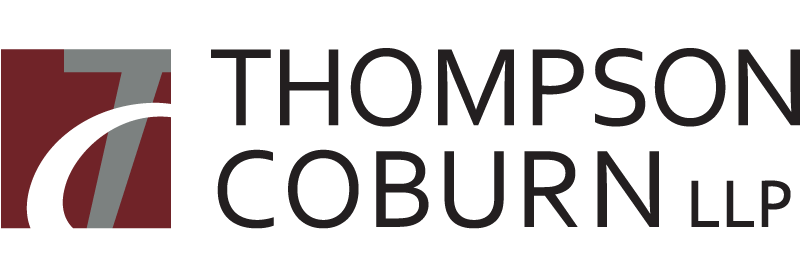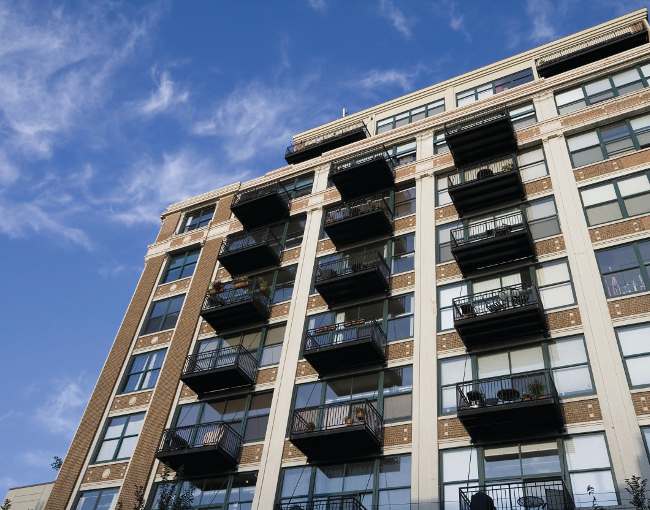Home > Insights > Publications > Expanded ARO pilot program poised for Chicago City Council approval
Earlier this week, after a four-hour hearing, the Chicago City Council’s Committee on Housing and Real Estate recommended approval of a three-year pilot initiative to expand and modify the City of Chicago’s Affordable Requirements Ordinance (the “ARO”) in certain areas along the Milwaukee Avenue Corridor and portions of the Near North and Near West areas of Chicago.
It is expected to be approved by the full City Council on October 11, 2017, and will take effect upon its approval and passage. Only the following pending projects in these pilot areas are exempt: (1) an ordinance authorizing a City land sale or financial assistance that is introduced by November 1, 2017; (2) planned developments that receive a favorable recommendation from the Plan Commission by November 1, 2017 (effectively, these must be heard by the Plan Commission at its October 19 hearing); or (3) zoning amendment applications that receive a favorable vote from the Committee on Zoning by November 1, 2017.
The Pilot Program will affect distinct areas that the City has identified as the Milwaukee Corridor Pilot Area, and the Near North/West Pilot Area, which is split into two separate zones. The two pilot areas, and the two zones within the Near North/Near West Pilot Area have differing requirements. The City has created helpful fact sheets showing the areas along with the basic parameters of the ordinances, and how they compare to the wider 2015 ARO. The maps and ordinances can be found at the links below:
Milwaukee Corridor ARO Pilot Area Map
Near North/Near West ARO Pilot Area Map
Ordinances:
ARO Pilot Ordinance: Milwaukee Corridor
ARO Pilot Ordinance: Near North/Near West
Highlights of the ARO Pilot Ordinances
Milwaukee Pilot Area
- ARO requirement:
- 15% if ALL required units are on-site
- 20% if ANY required units are off-site (off-site units can be located anywhere in Milwaukee Corridor Pilot Area)
- No ability to buy out of required affordable unit obligations;
- Affordability and AMI:
- Eligible tenants can earn up to 80% of AMI
- Rents must be affordable for households earning 60% of AMI
- Therefore, although the tenant pool grows, the maximum allowable rent does not increase
- Notwithstanding the changes in the Pilot Program, projects receiving City financial assistance must make 20% of the proposed units affordable; and projects receiving TIF assistance must locate all required affordable units on site.
Near North/Near West Pilot Area
Near North Zone:
- ARO requirement:
- 20%
- First 10% must be on site or off site
- Off-site units must be within two miles of the project AND in higher income or Downtown area (Note: the current City map and fact sheet does not correctly list this requirement)
- Can substitute rental units where owner-occupied units would otherwise be required under the 2015 ARO
- Additional units (second 10%) may be on site or off site (off site units can be anywhere in Near North/Near West Pilot Area)
- No ability to buy out of required affordable unit obligations;
- Affordability and AMI:
- First 10%: at 60% AMI for rental projects for both income eligibility and rent rates
- Additional units (second 10%): 100% AMI for both income eligibility and rent rates
- Affordable units otherwise required to be built as rental units, can be built as owner occupied units;
- For projects receiving City financial assistance from TIF funds, all affordable units must be located on site.
Near West Zone:
- ARO requirement:
- 15%
- First 10% must be on site or off site
- Off-site units must be within two miles of the project AND either (a) in a higher income or Downtown district; OR (b) within the Near North/Near West Pilot Area
- Additional units (5%) may be on site or off site
- Off-site units can be ANYWHERE in Near North/Near West Pilot Area
- No ability to buy out of required affordable unit obligations;
- Affordability and AMI:
- First 10%: at 60% AMI for rental projects for both income eligibility and rent rates
- Additional units (5%): 100% AMI for both income eligibility and rent rates
- Affordable units otherwise required to be built as rental units, can be built as owner occupied units;
- For projects receiving City financial assistance from TIF funds, all affordable units must be located on site.
An additional provision in both proposed ordinances permits the Commissioner of the Department of Planning and Development to enter into service agreements with outside providers to market affordable housing created under the Pilot Program, to help with income qualification of potential tenants and homebuyers of such affordable units and to conduct educational programs to ensure units are marketed appropriately. The Commissioner will have access to funds from the Affordable Housing Opportunity Fund for providing these services.
It should be noted that several aldermen, including Alderman Dowell (3rd Ward), Alderman Sophia King (4th Ward), and Alderman Arena (45th Ward) indicated a desire to evaluate the possibility of including similar expanded ARO pilot programs in their wards.
If you have any questions about these expanded ARO requirements, please contact Katriina McGuire or Bernie Citron.

